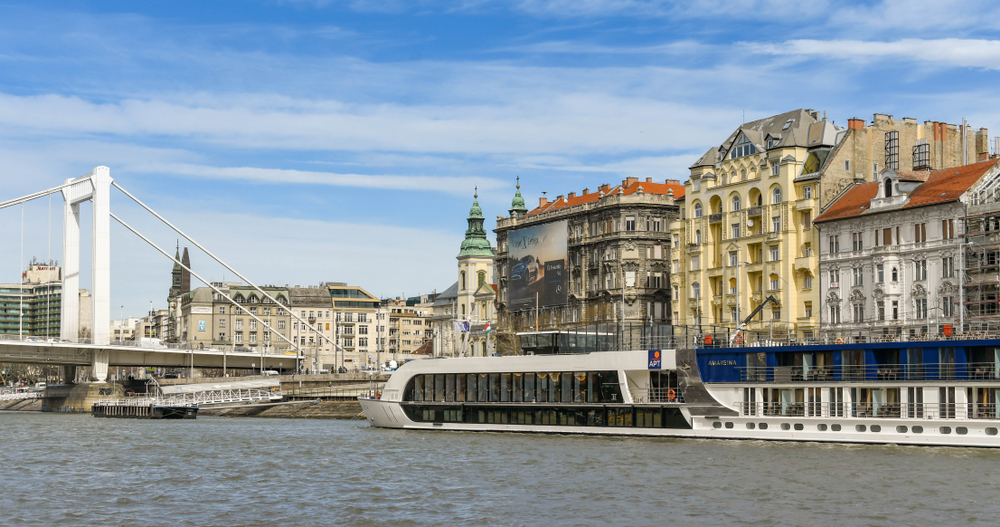
One in every five destinations’ borders remains entirely closed as the new Covid-19 Omicron variant outbreak wreaks havoc on the resumption of international tourism.
According to the most recent statistics, 98% of all destinations still have some travel restrictions in place.
According to the UNWTO Travel Restrictions Report, 46 countries (21 percent of all destinations globally) have closed their borders to tourists.
Twenty-six of these have had their borders entirely closed since at least the end of April last year.
A further 55 (25 per cent of all global destinations) have partially closed their borders to international tourism. In contrast, 112 (52 per cent of all destinations) demand international travellers to submit a PCR or antigen test upon arrival.
The study also demonstrates how places are opening to vaccinated overseas tourists: 85 destinations have relaxed restrictions for fully vaccinated international tourists, whilst 20 have made a fully Covid-19 vaccination required for entry into a country for tourism purposes.
However, only four destinations have entirely abolished all Covid-19-related restrictions (Colombia, Costa Rica, Dominican Republic, and Mexico).
“The safe relaxation or removing of travel restrictions is important for the relaunch of tourism and the return of the social and economic benefits the sector delivers,” said UNWTO Secretary-General Zurab Pololikashvili.
The shift towards evidence-based measures to restrictions, which reflects the evolving nature of the pandemic, will also help rebuild confidence in travel while keeping both tourists and tourism employees safe.”
Like earlier editions of the UNWTO Travel Restrictions Report research, this current report demonstrates that regional differences in travel restrictions remain.
Asia and the Pacific continue to have the most restrictions, with 66% of all destinations entirely closed.
In comparison, Europe is the most open international region to international tourists (only 7% of borders are entirely blocked), followed by Africa (9%), the Americas (10%), and the Middle East (15 per cent).



 share
share







































